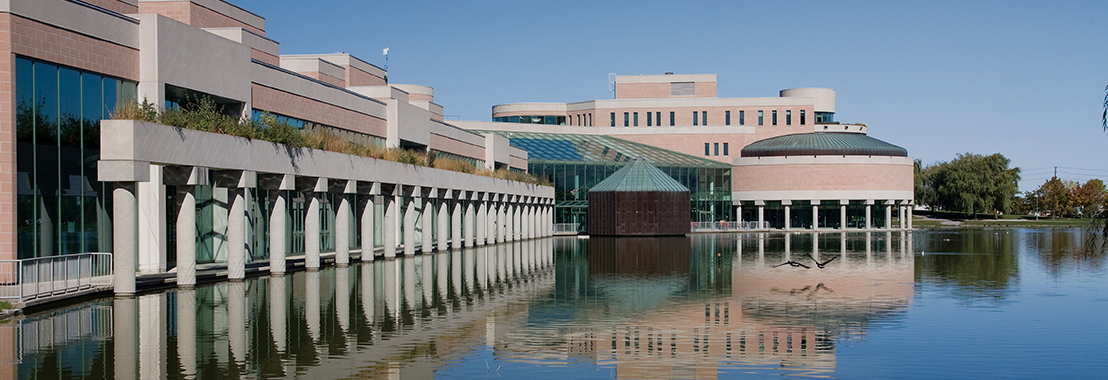Communities across Canada are taking ownership of their energy future. Instead of being dependent on energy supplies that are produced and delivered from outside the community or even from outside their province, Canadian communities are demanding better – a smarter, resilient, reliable, and locally developed energy strategy. Community energy planning is now common and in some provinces, mandated. District energy strategies are now the foundation for many community energy plans. Here are four reasons district energy is moving to the mainstream and helping communities transform into smart energy communities.
What does a smart energy community look like? View this helpful video from QUEST.
Control
The electricity system is inefficient. Today more than two-thirds of the fuel used in power generation plants is wasted. Locally sited combined heat and power (CHP) plants utilize the heat and very little is wasted. In addition, communities may have local resources, such as industrial waste heat from data centres or biomass that can be harnessed and used. Control of the community’s energy future involves utilization of resources and fuels that central system planning ignores. Control is part of a community’s sustainability plan and results in a new level of self-sufficiency.
A Stable, Long-Term Investment
Municipalities should never invest in speculative technologies. On the other hand, district energy (a thermal grid to provide heating and cooling energy to buildings) is an investment that can provide conservative and stable investment returns to the community for many decades. Many district energy companies in Canada are municipally owned. Some are public-private partnerships and some are totally private. However, in all cases, the municipality had a significant role in the planning, support and initial launch of this critical infrastructure to serve the community.
Future Flexibility
The conventional building has a boiler plant for heating and chiller plant for cooling. The equipment is located either on the roof or in the basement. In the case of heating, the building buys natural gas to fuel the boilers. The problem is that the building is tied to natural gas, likely for the life of the building. What happens if natural gas pricing is through the roof in 20 years; or new legislation requires everyone burning fossil fuels to pay the new carbon tax. District energy is fuel and technology neutral. By connecting all buildings to a hot water (or chilled water) thermal network, MDE can make community-scale decisions down the road to switch fuels to biomass or biofuels for example or implement technologies, such as combined heat and power that individual buildings would not, or could not, pursue.
Infrastructure Resiliency
Communities expect their utilities to be reliable, cost effective and environmentally responsible. However, a new priority is emerging, resiliency. With ever increasing incidents of severe weather and electrical utility system failure, the ability for our utilities to react, respond and recover is becoming a critical priority for communities. District energy systems that utilize locally sited combined heat and power generators are well equipped to maintain critical power and heating during municipal emergencies, such as an ice-storm or other incidents that disable the electricity grid.

